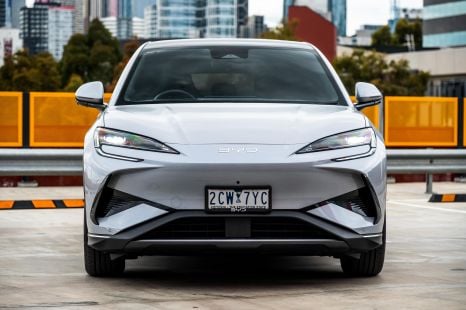

James Wong
2026 BYD Sealion 7 review
26 Minutes Ago
There aren't a whole lot of cheap medium-sized cars on sale in Australia, but how do the available cars stack up for fuel economy?

Marketplace Journalist
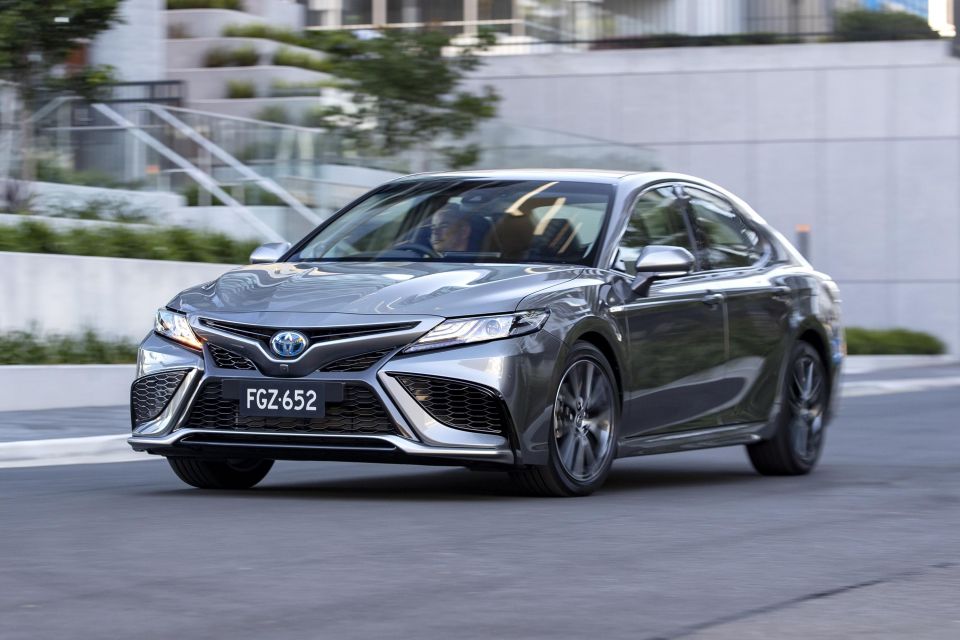

Marketplace Journalist
Medium cars offer a compromise between size, drivability, and practicality, bridging the gap between small cars and larger SUVs.
Naturally, you’d expect them to sit somewhere in the middle of the two for fuel efficiency, but how exactly do they rank on their ability to be frugal and have you spending less time at the pump?
To find out, we’ve taken the choices in the medium cars for less than $60,000 category on the VFACTS sales charts to see which is the most fuel efficient medium car available in Australia right now.


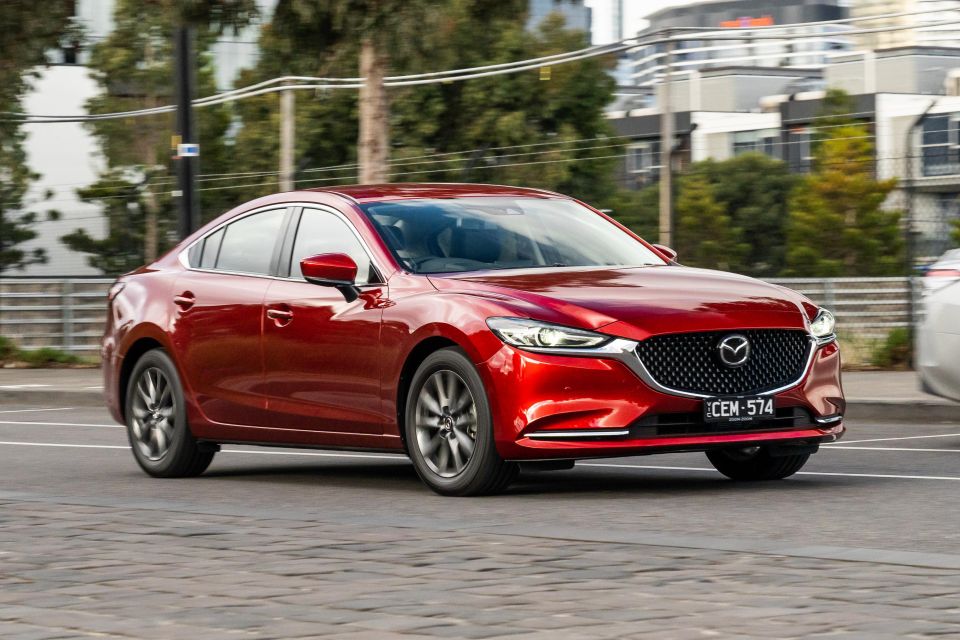
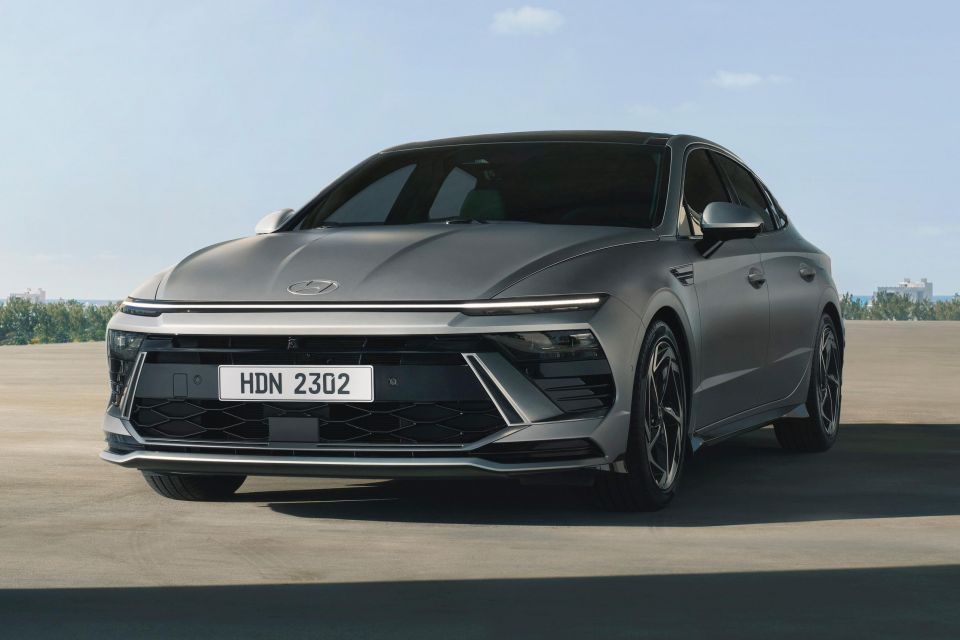
We’ve listed only the most efficient variant of each model, as different powertrains, drivetrains, and body types can cause some variations in fuel efficiency figures.
There’s also only one electric vehicle in this category, which is the BYD Seal. It’s been left out in this comparison, but we’ll compare it against other medium electric cars in a future story.
It should be noted the Honda Accord is all-new for 2024, which means it’s been pushed out of the $60,000 bracket. We’ve still included it on this list as VFACTS uses last year’s model, which was cheaper.
| Make/model | Fuel economy (claimed) | Fuel tank capacity | Fuel type |
|---|---|---|---|
| Toyota Camry | 4.2L/100km | 50L | 95 RON |
| Honda Accord | 4.3L/100km | 48L | 91 RON |
| Skoda Octavia | 5.7L/100km | 45L | 95 RON |
| Mazda 6 | 7.0L/100km | 62L | 91 RON |
| Hyundai Sonata | 8.1L/100km | 60L | 91 RON |
Click on a car’s name above to jump directly to its information on the page, or continue scrolling for the full list.
It’s the tried and tested Toyota Camry at the top of the list, and its most expensive SL Hybrid variant is the most efficient with a claimed fuel usage of 4.2L/100km.
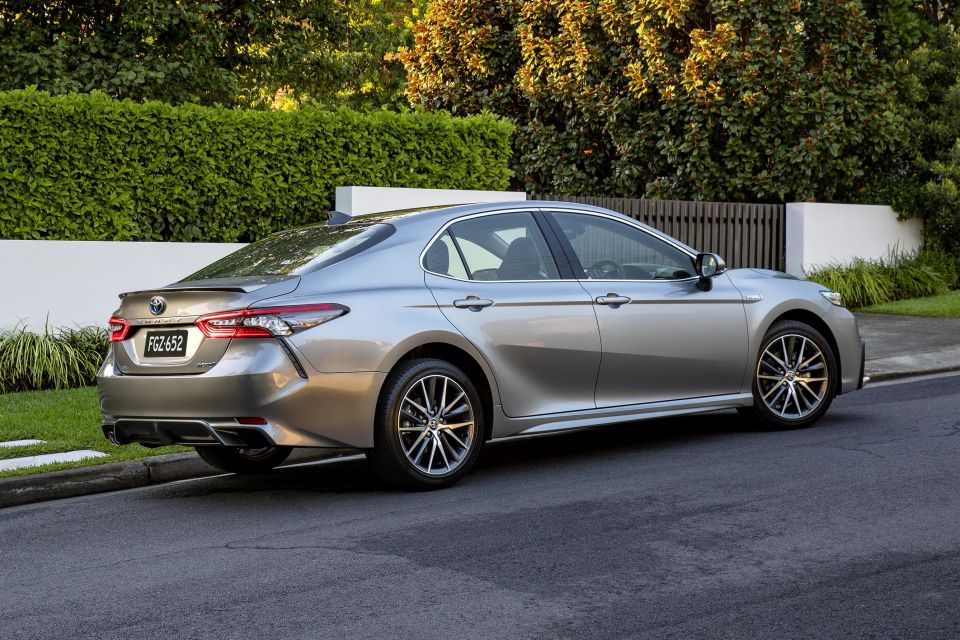
Four of the five Camrys on sale right now offer hybrid powertrains and have a claimed fuel economy of less than 5.0L/100km with a 50L tank, ranging in price from $37,919 to $51,417 before on-road costs.
For $35,051 before on-roads you can purchase the base Ascent, which only has a 2.5-litre naturally aspirated four-cylinder engine and consumes a claimed 6.8L/100km.
The cheapest option has a 60L tank, and the whole Camry range requires 95 RON petrol.
| Toyota Camry | |
|---|---|
| Fuel economy (claimed) | 4.2L/100km |
| Fuel tank capacity | 50L |
| Fuel type | 95 RON |
BUY: Get in touch with a dealer about a Toyota Camry MORE: Everything Toyota Camry
The e:HEV RS is the only Accord on sale for 2024, and its hybrid powertrain consumes a claimed 4.3L/100km on the combined cycle.
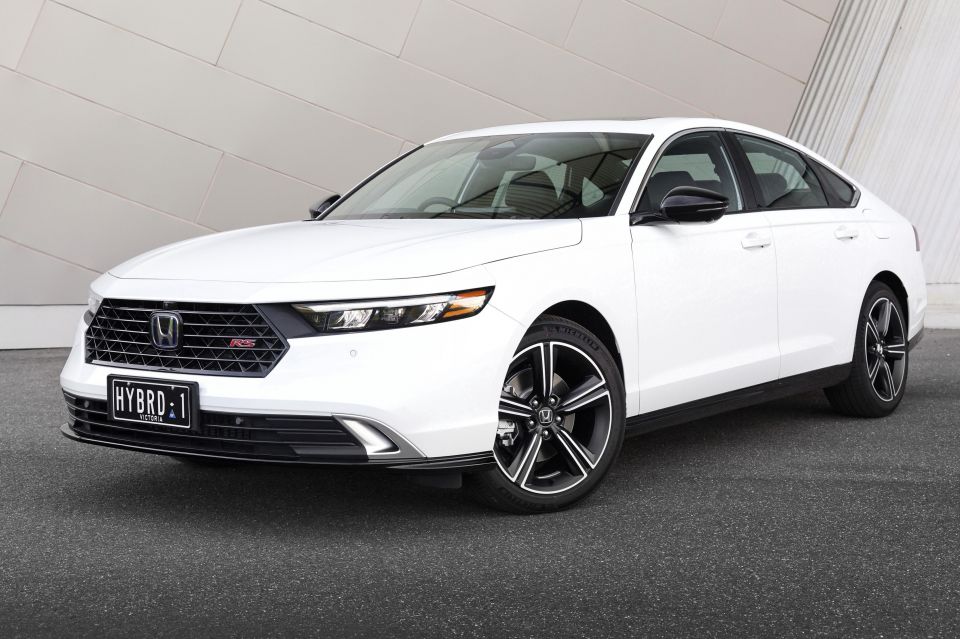
At $64,900 drive-away it’s the most expensive car on this list, but it only requires 91 RON petrol and has a smaller 48L fuel tank.
The e:HEV RS has a 2.0-litre petrol engine mated to an electric motor, and it’s good for a combined power output of 152kW. For comparison, the most expensive (and most fuel efficient) Camry produces 160kW of power.
| Honda Accord | |
|---|---|
| Fuel economy (claimed) | 4.3L/100km |
| Fuel tank capacity | 48L |
| Fuel type | 91 RON |
BUY: Get in touch with a dealer about a Honda Accord MORE: Everything Honda Accord
The Octavia is the only European car on this list, and consumes a claimed 5.7L/100km on the combined cycle.
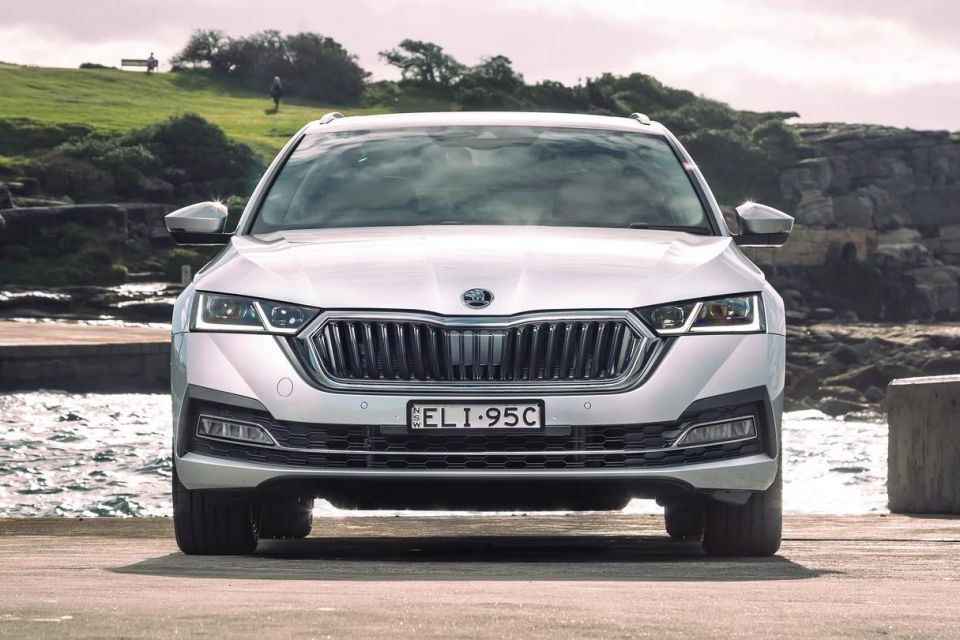
The cheapest variant is the 110TSI Style liftback. It posts the lowest fuel economy rating of the lot, and is priced at $42,490 drive-away. If you want the wagon, it’s $1500 more expensive and Skoda claims it’ll consume 5.8L/100km on the combined cycle.
There are no hybrid options here. Going with the top spec RS liftback and wagon will set you back $56,990 or $58,490 drive-away respectively. They also consume a claimed 6.8L/100km and have a larger 50L fuel tank.
| Skoda Octavia | |
|---|---|
| Fuel economy (claimed) | 5.7L/100km |
| Fuel tank capacity | 45L |
| Fuel type | 95 RON |
BUY:Get in touch with a dealer about a Skoda Octavia MORE:Everything Skoda Octavia
There are a multitude of Mazda 6 variants available, but the most efficient are the four with the naturally-aspirated 2.5-litre engine. They consume a claimed 7.0L/100km on the combined cycle.

Those variants are the G25 Sport and Touring sedans and wagons, which range in price from $36,140 to $42,110 before on-roads and produce 140kW of power.
For more power (33kW to be exact), you can go for the turbocharged 2.5-litre models priced from $49,040 to $55,535 before on-roads. That range encompasses the G35 GT SP, Atenza, and 20th Anniversary sedans and wagons.
Models with forced induction consume an increased 7.6L/100km, while the entire range has a 62L fuel tank and drinks 91 RON petrol.
| Mazda 6 | |
|---|---|
| Fuel economy (claimed) | 7.0L/100km |
| Fuel tank capacity | 62L |
| Fuel type | 91 RON |
BUY:Get in touch with a dealer about a Mazda 6 MORE:Everything Mazda 6
The Sonata only comes in N-Line guise, and is relatively thirsty with a claimed 8.1L/100km on the combined cycle.
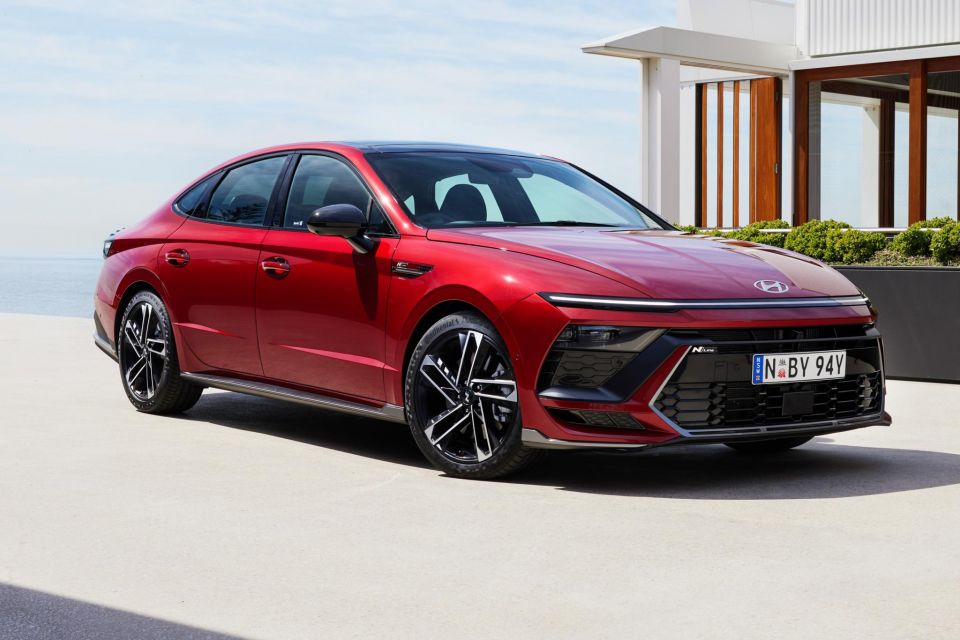
It’s priced at $55,500 before on-roads and comes with a 2.5-litre turbocharged four-cylinder petrol engine producing 213kW of power and 422Nm of torque. That makes it the most powerful car on this list.
The Sonata only needs 91 RON petrol, and has a 60L fuel tank. Unlike other Hyundai models, the Sonata misses out on a hybrid powertrain.
| Hyundai Sonata | |
|---|---|
| Fuel economy (claimed) | 8.1L/100km |
| Fuel tank capacity | 60L |
| Fuel type | 91 RON |
BUY: Get in touch with a dealer about a Hyundai Sonata MORE:Everything Hyundai Sonata
Max Davies is a CarExpert journalist with a background in regional media, with a passion for Japanese brands and motorsport.


James Wong
26 Minutes Ago
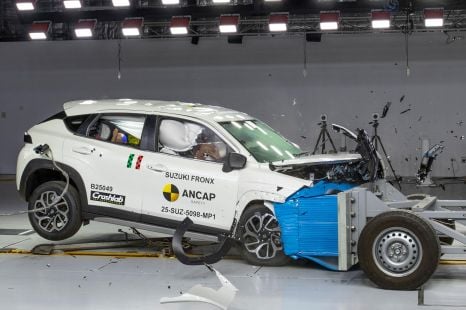

Damion Smy
9 Hours Ago
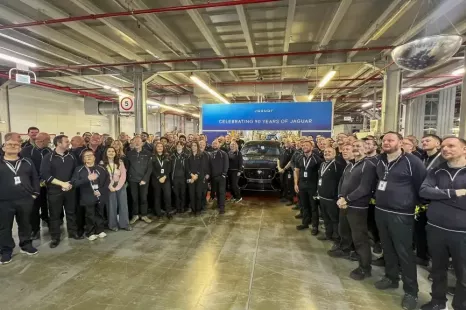

Damion Smy
12 Hours Ago
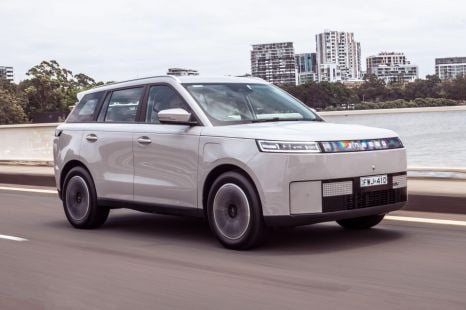

Josh Nevett
14 Hours Ago
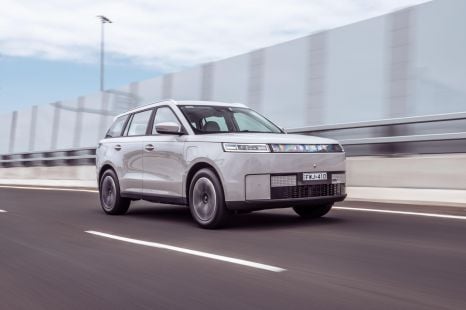

Josh Nevett
14 Hours Ago
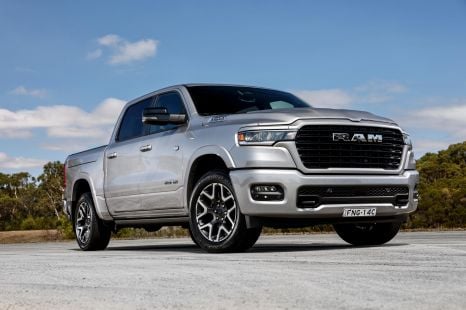

Damion Smy
15 Hours Ago